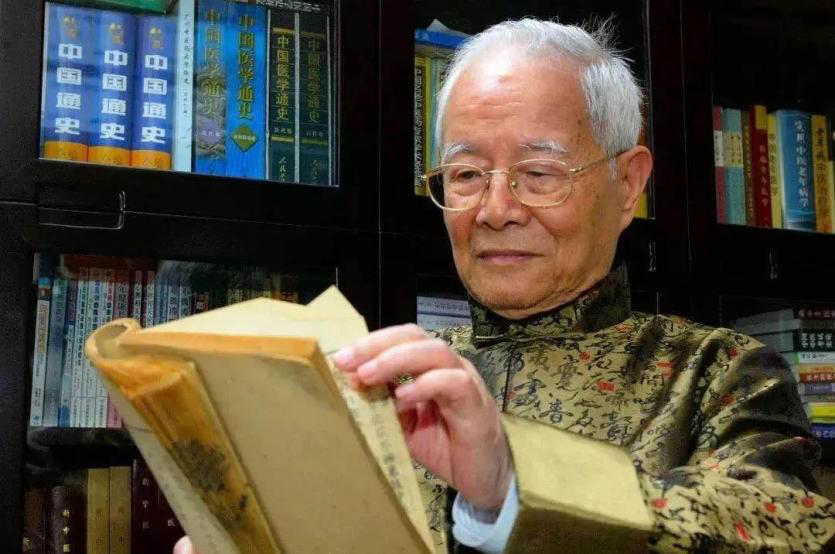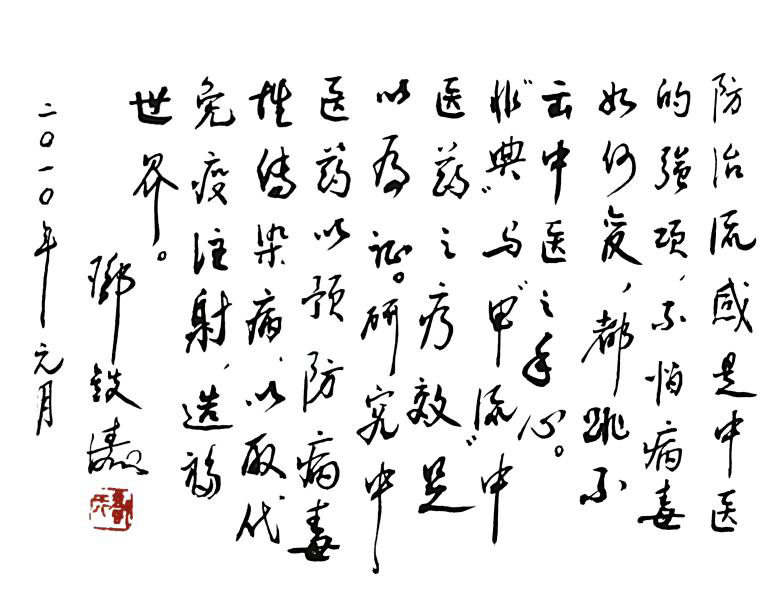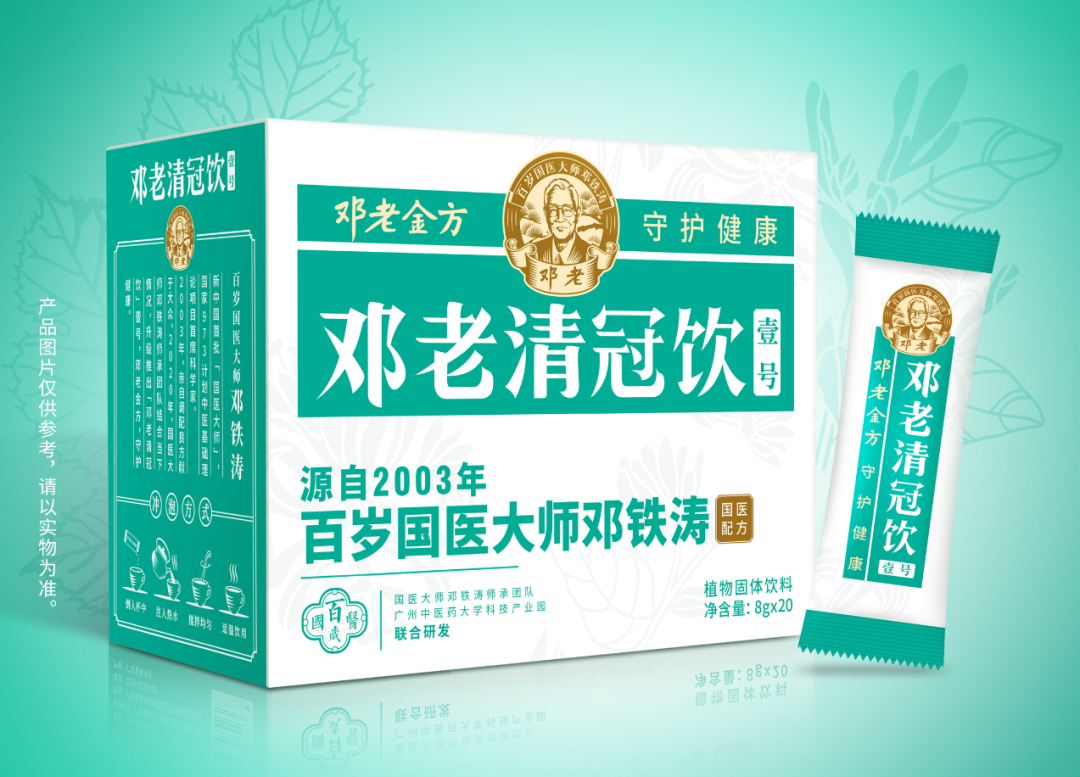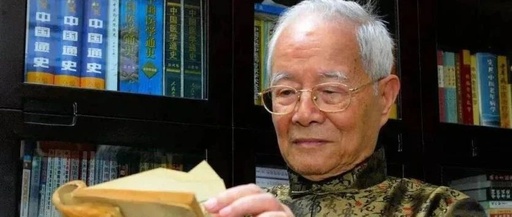Currently, the domestic epidemic situation is complex. The number of reported cases in Shenzhen has fluctuated again, with a continuous increase in cases found during screening in key areas, key populations, and communities. To further win the battle against the COVID-19 pandemic, on March 13, the Shenzhen COVID-19 Prevention and Control Command issued a notice for citywide nucleic acid testing from the 14th to the 20th, halting all non-essential movement and activities.Shenzhen has resolutely pressed the “slow down” button. Many citizens have started a home-based “slow life,” united in the fight against the epidemic.There is a saying in Traditional Chinese Medicine (TCM):“The best physician treats the disease before it occurs.”This is an important guiding principle that includes preventing disease before it occurs and treating it early when it does, with a focus on disease prevention. Master of Traditional Chinese Medicine, Deng Tietao, pointed out thatfuture medicine will place great importance on health preservation. TCM’s health preservation techniques and guidance can both prevent and treat diseases.In 2003, TCM made significant contributions in combating SARS, gaining worldwide recognition. Nineteen years later, in the current situation, revisiting Professor Deng Tietao’s experiences in fighting SARS remains of great practical significance, helping us fully leverage the advantages of TCM to safeguard public health.

(Image: Professor Deng Tietao)1. Key Differentiation and TreatmentAtypical pneumonia is a new disease that was not seen before the 20th century. Both TCM and Western medicine encounter new challenges, and TCM cannot stand by idly.Professor Deng Tietao believes that TCM has its advantages in tackling viral diseases.He also pointed out that the national “Seventh Five-Year” research project on hemorrhagic fever has demonstrated TCM’s achievements in treating acute febrile infectious diseases: this disease is recognized as a viral disease in Western medicine, and according to Western medical theory, the pathogens are the same, so the treatment methods must be the same; however, if TCM treatments are exchanged, it is difficult to achieve good results. Therefore, the pathogen can only serve as one basis for TCM differentiation and treatment, with the key to diagnosis and treatment lying in differentiation.TCM differentiation and treatment do not focus on understanding the pathogen,but rather on the symptoms manifested by the struggle between the pathogenic factors and the body’s righteous qi after the pathogen enters the body,which has been a theoretical and methodological arsenal for over two thousand years to combat “SARS.”2. Nourishing the Body’s Righteous QiMany people do not understand why TCM, which lacks a bacteriological theory, can treat infectious diseases, and its effectiveness in treating viral infectious diseases is even at the forefront globally. This is because TCM follows a different path.Although TCM does not have a bacteriological theory, bacteria have long been encompassed within the concept of “pathogenic qi.” Wu Youke’s theories of harmful qi, severe qi, and mixed qi are very close to the understanding of microorganisms, but the lack of optical achievements in the Ming Dynasty prevented further development. However, the theory of warm diseases developed by Wu Tang allows TCM to understand febrile infectious and epidemic diseases from another perspective, proposing a unique etiology theory for warm diseases. This theory, viewed today, is highly scientific and sufficiently explains how TCM, despite lacking a bacteriological theory, can still treat acute infectious diseases.Wu’s etiology theory includes: ① seasonal qi and annual time (climatic and environmental factors); ② storing essence and winter injury from cold (internal factors of the body); ③ harmful qi and seasonal pathogenic qi (pathogenic substances). Climatic and environmental factors—pathogenic substances are active, changes in disease onset—righteous qi is insufficient to repel the pathogenic factors. This etiology theory is slightly superior to modern medical theories that only emphasize pathogens.Climatic and environmental factors—pathogenic substances are active, changes in disease onset—righteous qi is insufficient to repel the pathogenic factors. This etiology theory is slightly superior to modern medical theories that only emphasize pathogens. Our treatment does not solely focus on combating the virus,but also pays attention to expelling pathogenic factors while nurturing the patient’s righteous qi and providing an outlet for the pathogenic factors.As Ye Tianshi said, whether to disperse heat externally or to drain dampness downwards, not to be bound with heat, otherwise, one will be isolated.3. Strengthening Righteous Qi to Repel Pathogenic FactorsTCM emphasizes expelling or penetrating pathogenic factors, not killing viruses. The so-called expelling pathogenic factors, according to Ye Tianshi, can be achieved through sweating or urination, while Zhang Zhongjing had long established the method of San Chengqi Decoction to expel pathogenic factors, and Wu Jutong further expanded this method, along with Yang Lushan’s ascending and descending powder, making it quite diverse.If TCM differentiates accurately and guides according to the situation, strengthening righteous qi can repel pathogenic factors. Therefore, antibiotics should not be used indiscriminately in the later stages of SARS, as low white blood cell counts are one manifestation of insufficient righteous qi. TCM has methods to support righteousness and expel pathogenic factors that should be used wisely. Thus, in the later stages of SARS, ginseng can often be used to nourish the root.4. The Origin of Deng’s Detoxifying DrinkDuring the SARS outbreak in 2003, based on the clinical manifestations of SARS patients, Deng believed thatSARS belongs to the TCM spring warm disease with hidden dampness, characterized by damp-heat accumulating toxins, obstructing the upper and middle jiao, and easily consuming qi and causing stasis, with internal closure and shortness of breath as features.He pointed out thattreatment should focus on expelling pathogenic factors, with the main methods being clearing heat and detoxifying, releasing the exterior, promoting lung function, and transforming dampness.In the early stages, penetrating pathogenic factors, treating with heat-clearing and detoxifying herbs, and releasing the exterior and promoting lung function should be prioritized. Considering the characteristics of hidden dampness, attention should be paid to promoting dampness and providing an outlet for the pathogenic factors throughout the treatment. Early application of blood-activating and stasis-resolving herbs can prevent pulmonary fibrosis, prevent the spread of lesions, and accelerate the absorption of lesions. In the later stages, emphasis should be placed on strengthening righteous qi, benefiting qi and nourishing yin, guiding according to the situation, and supporting righteousness while expelling pathogenic factors. On April 18, 2003, Deng formulated theDeng’s Detoxifying Drinkbased on the principles of Wuwei Xiaodu Decoction and San Ren Decoction for treating SARS. (Professor Deng Tietao’s insightful views on preventing and treating SARS)Deng’s Detoxifying Drink is derived from Wuwei Xiaodu Decoction and San Ren Decoction through modification.Wuwei Xiaodu Decoction comes from the “Golden Mirror of Medicine: Essentials of Surgical Heart Methods,” known for its effectiveness in clearing heat and detoxifying, used for treating carbuncles and sores due to fire toxin accumulation. San Ren Decoction comes from the “Differentiation of Warm Diseases: Volume One,” known for its effectiveness in clearing and benefiting damp-heat, used for treating damp-warm diseases.5. Classic Inheritance: Deng’s Clear Crown Drink EmergesIn early 2020, Deng’s Golden Formula Pharmaceutical Technology Group, in collaboration with the academic team of Master of Traditional Chinese Medicine Deng Tietao and the Guangzhou University of Chinese Medicine Technology Industrial Park, based on Deng’s academic experience,developed Deng’s Clear Crown Drink based on Deng’s Detoxifying Drink.
(Professor Deng Tietao’s insightful views on preventing and treating SARS)Deng’s Detoxifying Drink is derived from Wuwei Xiaodu Decoction and San Ren Decoction through modification.Wuwei Xiaodu Decoction comes from the “Golden Mirror of Medicine: Essentials of Surgical Heart Methods,” known for its effectiveness in clearing heat and detoxifying, used for treating carbuncles and sores due to fire toxin accumulation. San Ren Decoction comes from the “Differentiation of Warm Diseases: Volume One,” known for its effectiveness in clearing and benefiting damp-heat, used for treating damp-warm diseases.5. Classic Inheritance: Deng’s Clear Crown Drink EmergesIn early 2020, Deng’s Golden Formula Pharmaceutical Technology Group, in collaboration with the academic team of Master of Traditional Chinese Medicine Deng Tietao and the Guangzhou University of Chinese Medicine Technology Industrial Park, based on Deng’s academic experience,developed Deng’s Clear Crown Drink based on Deng’s Detoxifying Drink. The composition of Deng’s Clear Crown Drink includes: honeysuckle (Jin Yin Hua), mulberry leaves (Sang Ye), chrysanthemum (Ju Hua), dandelion (Pu Gong Ying), patchouli (Huo Xiang), mint (Bo He), five-fingered peach (Wu Zhi Mao Tao), barley (Mai Ya), tangerine peel (Chen Pi), licorice (Gan Cao), balloon flower (Jie Geng), apricot kernel (Xing Ren), peach kernel (Tao Ren), and white grass root (Bai Mao Gen).The basic starting point of the formula emphasizes safety, thus all ingredients are sourced from food and medicine,making it suitable for public consumption.
The composition of Deng’s Clear Crown Drink includes: honeysuckle (Jin Yin Hua), mulberry leaves (Sang Ye), chrysanthemum (Ju Hua), dandelion (Pu Gong Ying), patchouli (Huo Xiang), mint (Bo He), five-fingered peach (Wu Zhi Mao Tao), barley (Mai Ya), tangerine peel (Chen Pi), licorice (Gan Cao), balloon flower (Jie Geng), apricot kernel (Xing Ren), peach kernel (Tao Ren), and white grass root (Bai Mao Gen).The basic starting point of the formula emphasizes safety, thus all ingredients are sourced from food and medicine,making it suitable for public consumption.
6. Donation to 17 Provinces and Overseas: Over 2 Million People Served
As of now, Deng’s Golden Formula Pharmaceutical Technology Group has donated Deng’s Clear Crown Drink to 17 provinces and cities across the country, including Hubei, Hebei, Guangzhou, Henan, Nanjing, and Xi’an, as well as overseas, with over 2 million people consuming it, receiving unanimous praise from all sectors of society.TCM emphasizes treating diseases before they occur, focusing on prevention, and valuing the important role of the body’s righteous qi in the disease process; “When righteous qi is present, pathogenic factors cannot invade.”It emphasizes supporting righteousness and expelling pathogenic factors, centering on the human body. In 2003, TCM demonstrated significant efficacy in combating SARS, leading society to gain a new understanding and great confidence in TCM’s effectiveness in treating infectious diseases and critical conditions. It is believed that today, TCM can still play an important role in safeguarding public health.Note: Some content in this article is excerpted from “A Journey of Ten Thousand Miles: The Academic Essence of Master of Traditional Chinese Medicine Deng Tietao’s Inheritance Team” edited by Qiu Shijun, Liu Xiaobin, and Deng Zhongguang.

